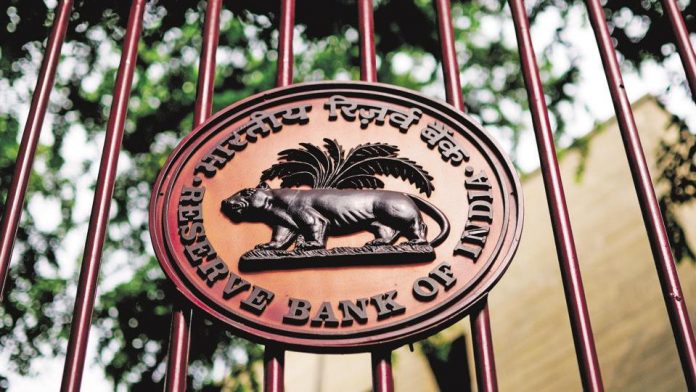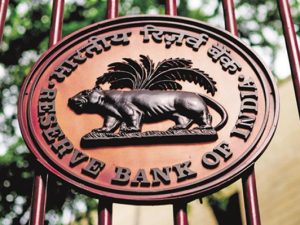The Reserve Bank of India (RBI) has released draft guidelines for non-banking financial companies (NBFCs) and core investment companies (CICs) on liquidity risk management framwork.
As per the guidelines, from April 1, 2020 all the large non-banking financial companies (NBFCs) have to maintain a liquidity coverage ratio (LCR) in line with the banks and carry enough collateral that can be used for liquidity needs.
“An NBFC should have sufficient collateral to meet expected and unexpected borrowing needs and potential increases in margin requirements over different timeframes,” the RBI said in a draft circular, in which it has asked the firms to have enough high-quality assets that would keep them liquid for at least 30 days.
RBI in its draft has proposed to introduce a Liquidity Coverage Ratio (LCR), which is the proportion of high liquid assets set aside to meet short term obligations for all NBFCs with an asset size of more than Rs 5,000 crore.
Starting April 2020, NBFCs will have to maintain a minimum of 60% of LCR as high liquid assets which will be increased in a calibrated manner to 100% by April 2024, RBI said.
The move comes in the wake of rating downgrades and debt defaults in the NBFC sector and the need for a stronger asset liability management (ALM) framework. The guidelines have also being issued by the central bank because many NBFCs have run up serious mismatches in their books by borrowing short-term to find long-term assets.
Elets The Banking and Finance Post Magazine has carved out a niche for itself in the crowded market with exclusive & unique content. Get in-depth insights on trend-setting innovations & transformation in the BFSI sector. Best offers for Print + Digital issues! Subscribe here➔ www.eletsonline.com/subscription/





















